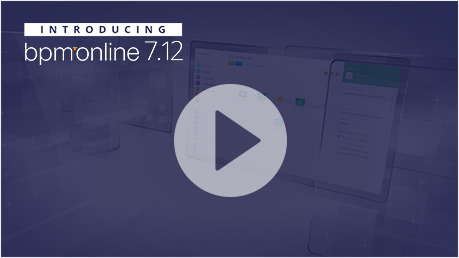Before configuring HTTPS, do the following:
•Obtain a digital certificate from the certification center in PFX format;
Note
If you are using a self-signed certificate, bpm’online mobile application will not be able to connect to the bpm’online site due to the security policies of mobile applications.
•Set up websockets for the correct operation of all system components;
•Additionally, check the list of installed IIS components to avoid errors during bpm’online setup and operation.
The received digital certificate must be loaded into the server certificate storage:
1.Open Internet Information Services (IIS) Manager.
2.In the main IIS window, double-click the [Server Certificates] detail (Fig. 1).
Fig. 1 Selecting the [Server Certificates] detail

3.In the [Server Certificates] window, click the [import] link in the action menu to the right (Fig. 2).
Fig. 2 Opening the [Import] window

4.In the import dialog box, specify:
a.Path to the import file hosted on the server
b.Password (if required)
c.Certificate storage (Fig. 3)
Fig. 3 Certificate import window

5.Click [OK] to import the certificate.
Next, connect the imported certificate to the bpm'online application:
1.In the IIS window, go to the application website by clicking its name in the left [Connections] menu (Fig. 4).
Fig. 4 Selecting the bpm’online website in the IIS window

2.Click the [Bindings] link in the action menu (Fig. 5).
Fig. 5 Selecting website bindings

3.In the website bindings menu, click [Add] and add a new binding. In the [Add Site Binding] window, specify:
a.Type "https "
b.Website address
c.SSL certificate (Fig. 6).
Fig. 6 Binding a certificate to the bpm’online website

4.Click [OK] to confirm the settings.
Now the certificate is successfully bound to the web application.






